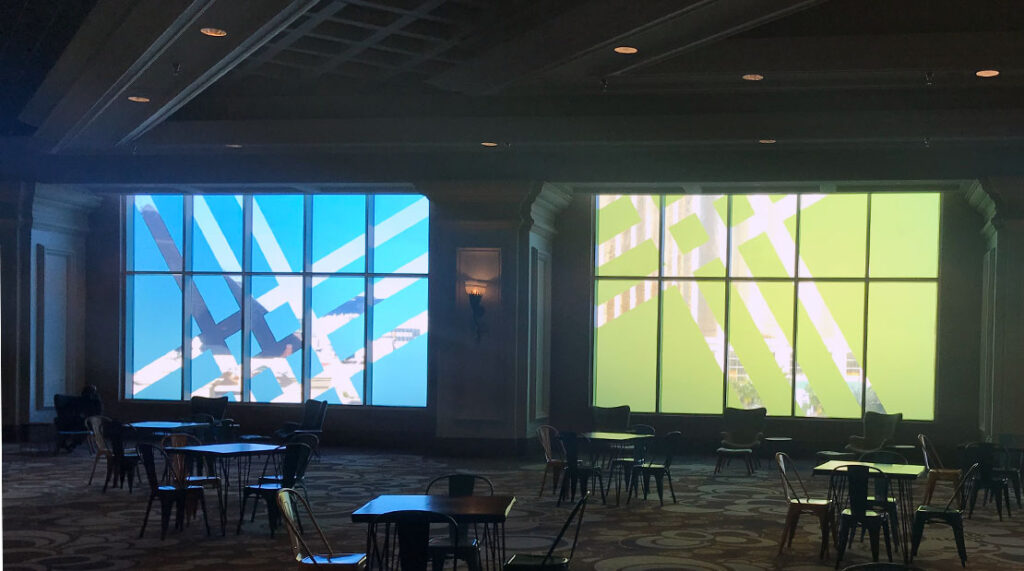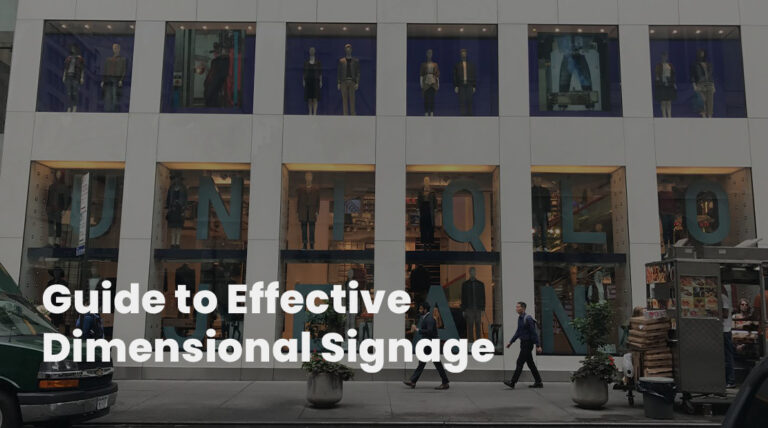When considering window graphics there are many different options to consider, from opaque film to perforated film to transparency film and more, there are endless combinations for creating glass and window graphics that will take your customers’ breath away. Today we’ll be comparing the differences between them and discuss some best practices for prep and installation.
First, we will talk about the two primary types of film used for window graphics, Cast and Calendered. The basic ingredients are the same, but the manufacturing process and type of plasticizers used to result in significant differences. Cast films are considered the industry premium. These films start in a liquid state with the ingredients blended together and then poured onto a casting sheet. By casting the film on a sheet, it stays in more of a relaxed state, which gives you a much more durable and flexible film that also retains color well.
Calendered films are often considered short-term films. The film starts as a molten mixture that is extruded through a die and fed through a series of calendering rolls. The rolling and stretching process produces thicker films that make the film less stable and have a tendency to shrink when exposed to heat. That said, they are much more cost-effective and a bit more resistant to scratches and their heavier weight makes them easier to handle than cast films.
When applying film graphics, all substrates must be cleaned prior to application of film or sheeting, with the last cleaning step being done immediately before application. A freshly cleaned or painted substrate can quickly collect dust.
Note: Be mindful of weather conditions and temperature. Your adhesive may not stick to your substrate if the surface is too hot or cold.
Cleaning Procedure:
1. Saturate a clean paper towel with a solvent.
2. Wipe with a lint-free paper towel before the solvent evaporates from the substrate. As the paper towel becomes dirty, discard it. A dirty towel does not remove dirt.
3. Make sure the substrate is completely dry. If necessary, use a heat gun to dry any retained moisture.
4. Apply the graphic immediately. Dust and contaminants prevent the adhesive from performing as expected.
There are all kinds of different methods for preparing and applying film graphics, If you aren’t sure of the best approach, contact Super Color Digital today to find the best solution and let our professional installers handle the dirty work.





